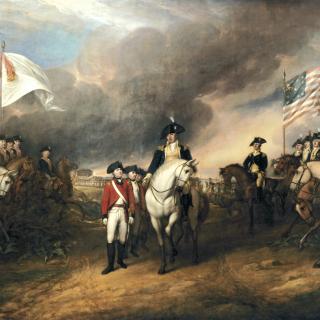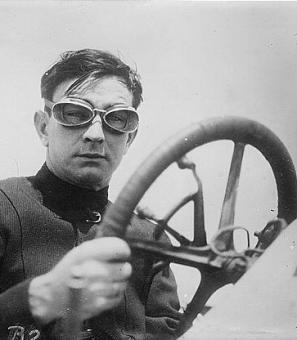Reflections on the March on Washington: "The thing that we were most afraid of was the March would be a bust."
On the days leading up to the March on Washington, buses from every direction poured into the District of Columbia. Culie Vick Kilimanjaro and her husband John Marshall Kilimanjaro came from Greensboro, North Carolina. As she recalled:
My husband and I were members of the NAACP and we thought that we needed to do something about the race situations. From week to week, we didn’t know what was going to happen. People were being killed because they were trying to do what was right.
All of the details from the March we got through word of mouth. I told my husband that I would like to go to the March. The NAACP and the churches were sponsoring three buses. You had to pay your own way, but that was fine with us.
After finding a babysitter for their three children, the couple hopped on one of the buses leaving from their church. No one knew exactly what lay ahead in Washington. John Marshall, described the atmosphere:
Contrary to the mythology, the early moments of the March- getting there- was no picnic. People were afraid. We didn’t know what we would meet. There was no precedent…Every now and then, people on the bus sang ‘Oh Freedom’ and ‘We Shall Overcome,’ but for the most part, there wasn’t a whole bunch of singing. We were secretly praying that nothing violent happened.
We stopped in Virginia to get some gas. There was no one at the rest stop. We walked around a bit to stretch and saw this big mound of earth- it seemed as if there was some construction or building going on. Several of us decided to climb to the top of this mound…As we got to the top of the mound, the sun was slowly rising, and as we looked out, all we saw were buses, coming from the north, east, west and south. And we knew it was our people. We burst into applause. The thing that we were most afraid of was the March would be a bust.
Upon arriving, the experience was one they would never forget. Over a quarter million people came together on the National Mall. As Culie Vick recalled:
I’ve never seen so many people in one place before in my life. We we’re able to sit down by the Reflecting Pool. It was hot but we were dressed for the occasion. It was great seeing Marian Anderson. When Dr. King spoke, it was like The Lord had spoken. He was really fantastic. I could’ve listened to him speak all day. People were on tree limbs, just enraptured by his words. After he finished speaking, we felt rejuvenated. We felt like we were going to accomplish something.
And accomplish something they did!
Source:
Bass, Patrik Henry Like a Mighty Storm: The March on Washington, August 28, 1963, Philadelphia: Running Press, 2002.


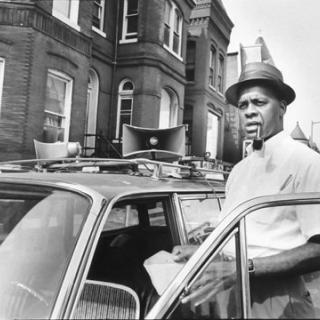
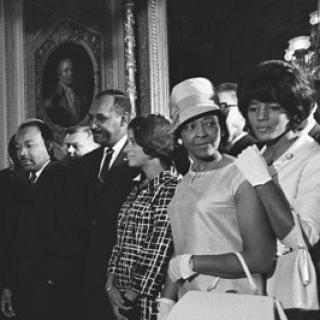
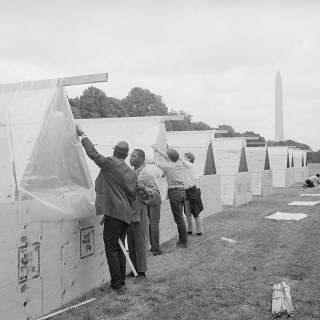
![Sketch of the mythical fuan by Pearson Scott Foresman. [Source: Wikipedia]](/sites/default/files/styles/crop_320x320/public/2023-10/Goatman_Wikipedia_Faun_2_%28PSF%29.png?h=64a074ff&itok=C9Qh-PE1)

